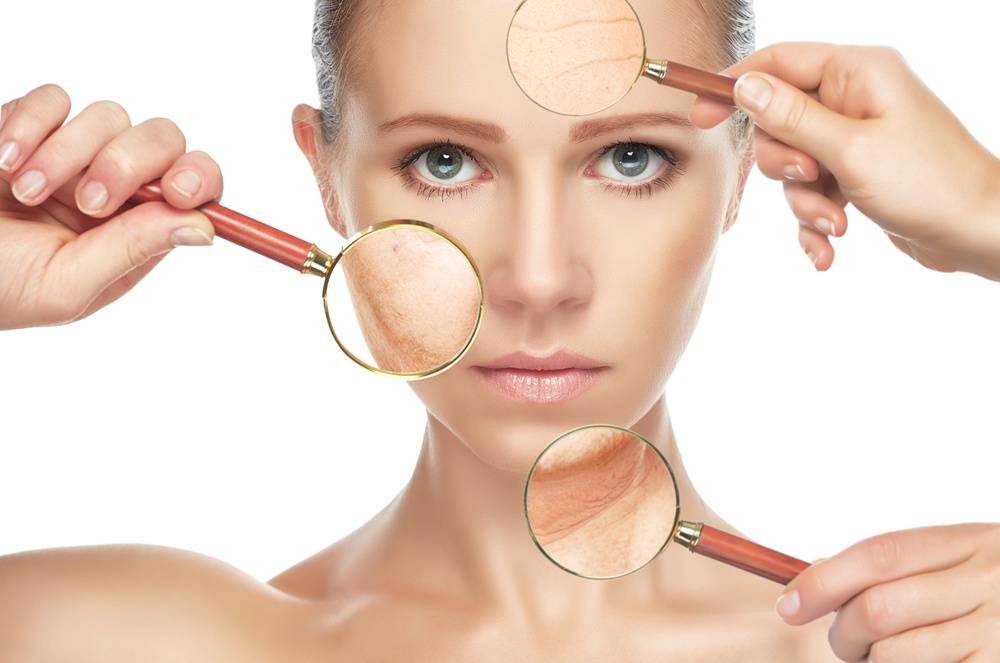Home <Services < Dermatology < Facial Rejuvenation
Facial Rejuvenation
Should I Get Facial Rejuvenation?
Is it time to be thinking about facial rejuvenating treatment to your appearance? Many women and men struggle to find the right timing for cosmetic treatments that rejuvenate and refresh the appearance; some think that getting the treatment too early isn’t worth the time, while others aren’t sure if their appearance-related concerns are severe enough to warrant cosmetic attention. But the truth is that the best time for you to get rejuvenation treatment is when you are no longer happy with your appearance.

5 Signs to Consider Treatment
There are 5 hallmarks of aging that make patients consider seeking rejuvenation treatment. Whether your symptoms or mild, moderate, or severe, having any one of these signs is a good indicator that it might be time to bite the bullet and sign up for your first treatment.
1. Fine Lines and Wrinkles
Fine lines and wrinkles can form on virtually every area of the face, although the wrinkles that are most commonly associated with aging include frown lines, wrinkles on the forehead and between the brows, expression lines, wrinkles around the nose and mouth, and lines on the chin. Wrinkles and fine lines generally form when collagen production within the skin begins to taper off, which for most adults is between 40 and 50 years of age.
2. Increased Skin Laxity
Skin laxity refers to the increased thinness, dryness, and looseness of the skin. Skin laxity is most commonly found beneath the eyes, on the brow, and in the cheeks, particularly the hollows of cheeks. Skin laxity refers to the decreased elasticity of the skin, or the skin’s ability to bounce back into shape. While some skin laxity can be contributed to chronic dehydration, skin laxity that increases with age is also a byproduct of low collagen and elastin levels in the sub-dermal layers of skin.
3. Uneven Skin Tone and Texture
Uneven skin tone and texture can happen to anyone of any age but are most commonly seen on those who are age 40 or older. Uneven skin tone is the distortion of your skin’s complexion, meaning you may have rosacea, ruddiness from broken capillaries, or other issues with the toning of your skin. Uneven skin texture generally refers to dryness of the skin, as well as a rough, bumpy, or dimpled texture on the skin surface.
4. Acne and Acne Scarring
Acne isn’t something that only young people deal with. Acne is perfectly common in adults in their 30s and 40s too, and especially women with hormonal acne. Acne can include pimples, whiteheads, blackheads, and enlarged pores that produce a large amount of sebum, or oil on the face. Acne scarring refers to both the dimpled appearance of the skin surface, or “pit-marks”, as well as enlarged pores and post-inflammatory hyperpigmentation.
5. Dark Spots and Blemishes
Dark spots and blemishes are signs of skin damage finally showing up on the skin. Dark spots and sunspots are usually the results of unprotected sun exposure, and blemishes can be anything from pockmarks to melasma, increased freckling, or new moles on the face. Both dark spots and blemishes tend to show up in older adults.

